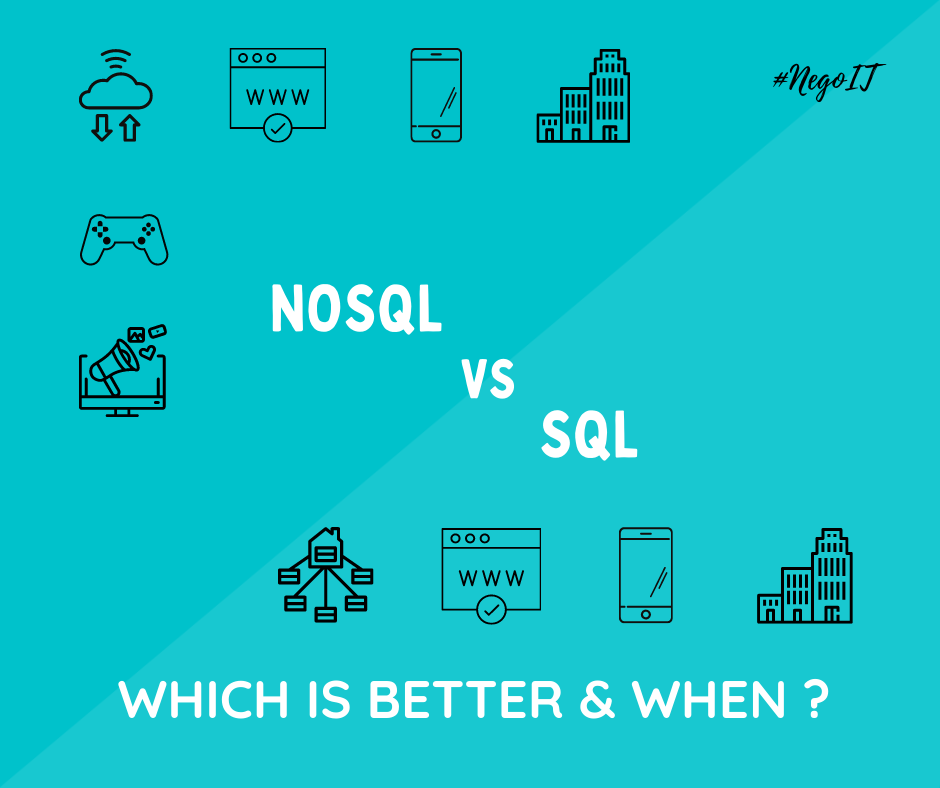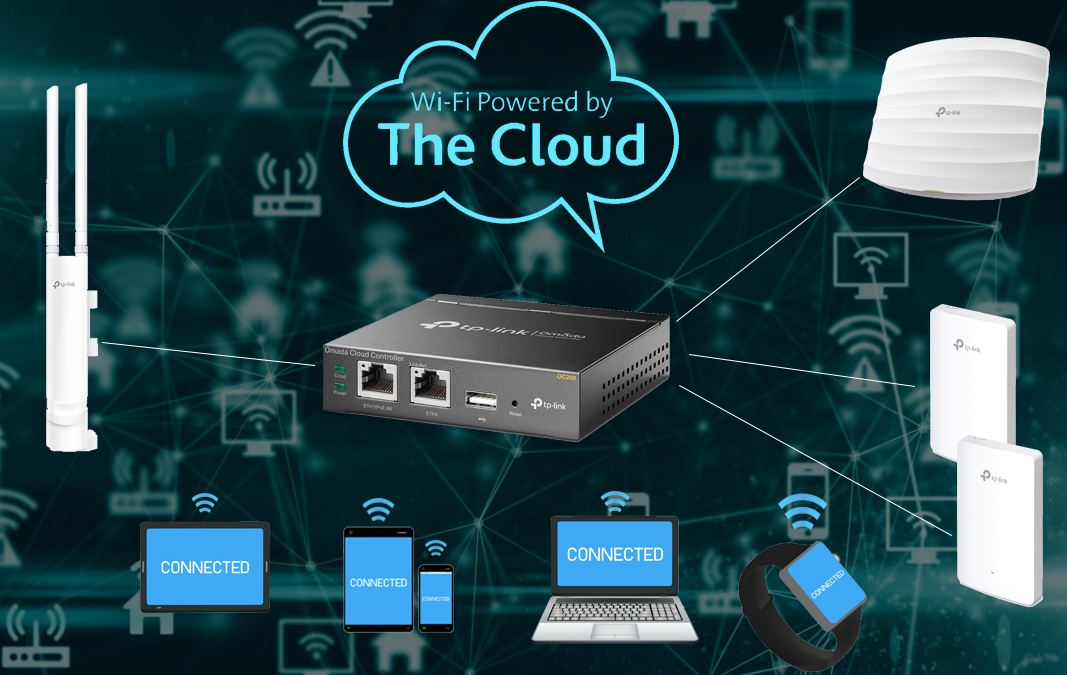
We'll go through the main differences and the best SQL and NoSQL database systems available in this article.
Table of Content
Language
Scalability
The structure
Five critical differences of SQL vs NoSQL
Language
Let us illustrate this with an example. Let us consider two cities. Suppose there are two cities here, "A" and "B". The language spoken in city "A" is unique to that city and all the activities in that city are done in that language.
City "B" also has a language that is only used in that city. In both cases, if the language changes in some way, they will not be able to work in that city without that language.
This helps illustrate one of the fundamental differences between SQL (relational) and NoSQL (non-relational) databases, and this distinction has big implications. Let’s explain:
SQL databases:
SQL databases: SQL databases use structured query language (SQL) for defining and manipulating data.SQL is a very powerful database type used by many large software. It's a safe bet, and it's particularly useful for complex queries.
On the other side, it has the potential to be restrictive. Before you can work with SQL, you must first decide the structure of your data using predefined schemas. Furthermore, all of the data must be organized in the same way. This will require extensive upfront planning, and, as with Town A, a shift in the process can be both challenging and disruptive to the entire system.
NoSQL databases:
NoSQL, provide flexible schemas for unstructured data, and data can be stored in a variety of ways, including column-oriented, document-oriented, graph-based, or as a Key-Value store. This flexibility entails:
We can make documents without first defining their structure.
Each document may have a different structure.
The syntax varies depending on the database, and we can add fields as we go.
The Scalability
In most cases SQL databases are vertically scalable, which means you can increase the load on a single server by adding more CPU, RAM, or SSD storage. NoSQL databases can be scaled horizontally. By sharding, or adding more servers to your NoSQL database, you can handle more traffic. It's the difference between adding more floors to a house and adding more buildings to the neighborhood. Since the latter can grow in size and power over time, NoSQL databases are the best option for massive or constantly evolving data sets.
The Structure
SQL databases are table-based, while NoSQL databases are either document-based, key-value pairs, graph databases or wide-column stores. This makes relational SQL databases a better option for applications that require multi-row transactions - such as an accounting system - or for legacy systems that were built for a relational structure.
SQL databases include MySQL, Oracle, PostgreSQL, and Microsoft SQL Server. MongoDB, BigTable, Redis, RavenDB Cassandra, HBase, Neo4j, and CouchDB are some examples of NoSQL databases.
The five critical differences of SQL vs NoSQL
SQL databases are relational, NoSQL are non-relational.
SQL databases use structured query language and have a predefined schema. NoSQL databases have dynamic schemas for unstructured data.
SQL databases are vertically scalable, NoSQL databases are horizontally scalable.
SQL databases are table-based, while NoSQL databases are document, key-value, graph, or wide-column stores.
SQL databases are better for multi-row transactions, NoSQL is better for unstructured data like documents or JSON.



There is no any comment yet! Be the first!